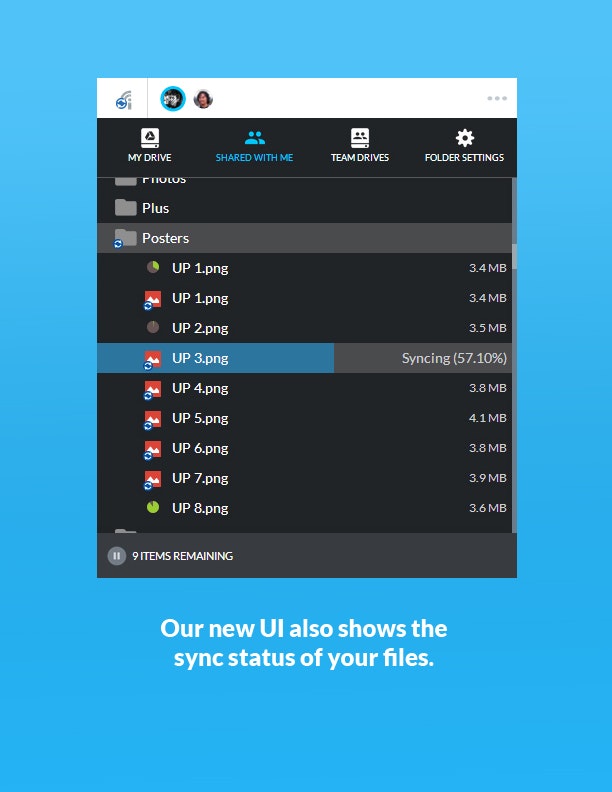
Not to mention you probably use Google Docs or Office 365 anyways, both of which are integrated with their respective company’s storage offerings. Syncthing is great for a single person or even a fairly large group of people, but not for a big organization. I do use Google Drive at work and for that type of use case I would not argue in favor of self-hosting. That said, I totally get why it’s still important. Not only do I not want Google Drive, I don’t even want anything like it. I don’t use Dropbox OR Google Drive, I use Syncthing, which can do stuff that neither of those could ever dream of in terms of syncing between machines. These days I greatly prefer to own my data more directly, which I accomplish using a NAS. Times have changed in many more ways than one.


#Insync google drive raspberry pi 2 software
A lot of popular open source "not evil" software use that model, for example, IIRC, Firefox has always stored bookmarks in an opaque sqlite database while Internet Explorer stored them as files in a folder, and I don't think I need to tell you which one is considered the most evil. But there are also some advantages such as being able to do versioning, syncing, collaborative work, searching and general database-like operations when your filesystem doesn't support it.

I disapprove of the "new" way (that is not so new, but it is the current trend) because it favors lock-in and general loss of control. Now the trend is to first open the app and then use the app to fetch your data, that data is entirely managed by the app and may be stored in an opaque area of a filesystem, some server on the internet, etc. On Windows, you double-click on the file, on a command line, you type "app filename". There is a transition from a file-centric to an app-centric model, that I mostly disapprove of, but that's what is happening.īefore, you had files stored in a filesystem, you picked the file and opened it with the app.


 0 kommentar(er)
0 kommentar(er)
